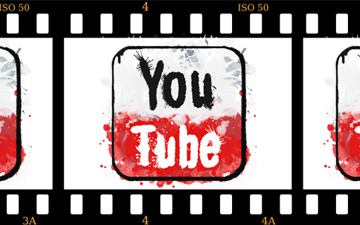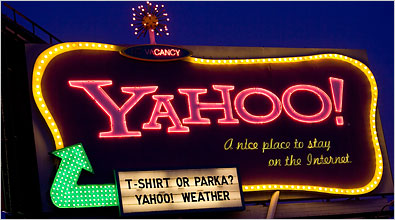It is safe to say that the most attention in digital marketing today is focused at social media, and it is easy to understand why. However, what we rarely hear about is how today’s big social media boom has affected the country’s smaller businesses and how small business owners are using the tools to their advantage. Small businesses need much different tools for their marketing efforts than do big businesses, which shows that what may be the best social network for big businesses may be very different from what may be the best for small businesses. In a recent study performed by the Wall Street Journal, it appears that small businesses are in fact less excited about some of today’s most popular social networks than many would expect.
The article from the Wall Street Journal reports the results of a survey of 835 small business owners, asking which of today’s most popular social networks had the most potential for helping their companies with their marketing needs. Going in, one would think that Facebook and Twitter would be at the top of the list for these small business owners, but in fact Twitter showed the lowest results. Only about 3% of small business owners chose Twitter as their best choice. After that, only 14% of small business owners chose Facebook as their best option. Regardless of the success of video marketing today, only 16% of small business owners chose YouTube as the social platform that they found most useful.
As it turns out, the Wall Street Journal’s survey resulted in 41% of small businesses choosing LinkedIn, widely known for being a business networking site. The highest percentage of small businesses thought that LinkedIn could help them in their marketing efforts, while LinkedIn certainly is not the top choice for most other marketers and big businesses.
From the Wall Street Journal,
Twitter said nearly a year ago that it would begin to let small businesses buy ads on the service, to circulate their Twitter messages more prominently or to targeted groups of Twitter users. Previously, Twitter allowed only larger companies to buy ads on the service. But it acknowledges that it has moved slowly with the small-business ad service to make sure it’s just right. The ad service remains in a test mode with a selected group of clients.
It seems that despite the efforts that Twitter has put forward as a company, to better accommodate small businesses in their marketing campaigns, these small businesses still feel that the network is not quite their best option. In trying to find out why LinkedIn was the best choice, one small online business owner stated simply that the network was the highest driver of traffic, and that revenue driven on the web has increased incredibly. Twitter and Facebook will continue to be very popular among most marketers, of course, but being that small businesses require much different tools, LinkedIn may just be the right choice for small business owners. These results show that there are other options in social marketing, and that Facebook and Twitter are not the only options.




















